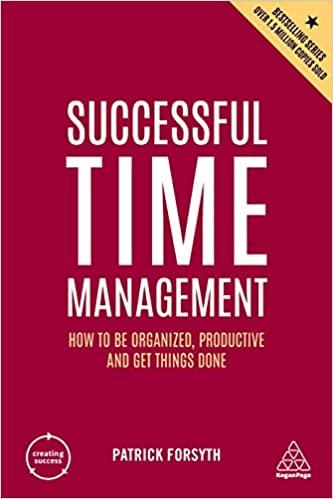Mobile-based websites generate a fraction of the traffic realized by the traditional website. However, FedEx experienced steady growth on the mobile: based product. The increasing adoption of the new technology forced an examination of the new product. They believed that a more robust product was needed to support FedEx's operations. Ulimately. FedEx developed a product that offered a broader functionality using smartphone technology on popular devicos such as Apple iPhones and Android phones. FedEx plans to track the use of the apps and the mobile site against any cost savings realized through reduced calls placed to their call centers. The avaliability of quality, fast customer service continues to be realized by integrating information technology with the latest mobile technologies. FodEx, like many business organizetions, continues to improve through innovative fechnology initiatives. Sources: FedEx (2012), About Fedfx, Retrieved 13 Septem. ber, 2012, from hupplabout.van.fedex,coms; Gape, D. (2005). Personel Touch: Fedex already saves big bucks by seeripg inquiries to its wed site. So how can it justify spending $326 mision a year on call-center reps? Baseline, 1 139 ), 54-54; Gordon, A. (2010). FedEx mobile strategy aims for customer loyalty. wowndmnews comVedex-moblestrategy-aims-forcustomer-foyainyarticle/t81700: Thinking About the Case 1. What is CFM in general? Give examples of different CAM applications. 2. Enumerate and explain the various ways in which the CAM applications discussed here save costs or holp in athar waye. 3. Which metrics would you use to measure before and after performance regarding the information technologles implemented in this case? Consider cost, service quality, cycle time, and arry other performance factor and provide a specific metric (i.e. ratio, product, or absolute value). 4. What are the challenges of implementing mobile technology? Are the savings similar to web-based systems? 5. As an executive for FedEx or a similar company, what else would you implement using mobile computing and the Internet? Blooming with Technology The use of information tochnology is needed by every industry size and type of business. Small businesses can realize the positive effects through adopting technologr. However, small businesses often do not have the resources and expertise of large corporations to implement information technology strategies. However, the benefits of technology for small and modium-sized enterpelses (SMEs] are fust as crucial to business operations and strategy. Consider Four Seasons Greenhouse and Nursery. located in Colorado. This small nursery was lice mary cther smatt businesses and garden centers. They used manual registers to track and maintain its imventory as well as determine which products were reallaing the most profit. The profits from the nursery were either "nogligible" or a loss. They did not have access to useful operational dats to effectively manage their business. For example, they did not track or reviow the margins of individual products. However, they believed that they needed to do something differont for their \$1M business operation. Enter a new point-of-sale system (POS) in 2008. The system allowed the owners to track usotul business data from the sales transactions immediately at the time of the sale; eliminating the need for tracking sales manually. The systom processes and stores data from the sale whila updating the inveritory as well as compling a sales history. This eliminates reliance on manual entry of sales transactions and reduction of inventory units for the items sold. POS systems provide much more than a eash register. These systems provide more robust functionality in inputting. tracking and distributing data to provide usaful information to operate and manage the business. Accurate inventory data maintained by the POS helped with decision making. Decisions on how many units of a product to order were no longer based on speculation sbout current inventory unisa. Now, accurate inventory counts eliminate the guestwork on how murh to onder, helping the business to operate on leaner inventory unics. The system's reporting can provide the detal transactions for an inventory item, such as how many were purchased, discarded, and sold. The impiementation of a POS system also confirmed that the owners did not know an much about their business as they thought they did. As they reviewed roperts from the new system, they saw that some products were less profitable than they thought. The more detailed cost reporting by liem helped them to understand which products contributed the most profit to the operation. Their new perspective of the "real costs" provided the opportunity to shift production to the higher-profit items, thereby gaining more profit. Prior to implementing the POS system, they simply did not have the time to approach this level of decision making. Knowledge of their detalled product costs helps them to price products more profitably. Prise changes can be implemented temporarily lfor a promotion) or permanently and still remain within acceptable product margins. The accurate and timely







